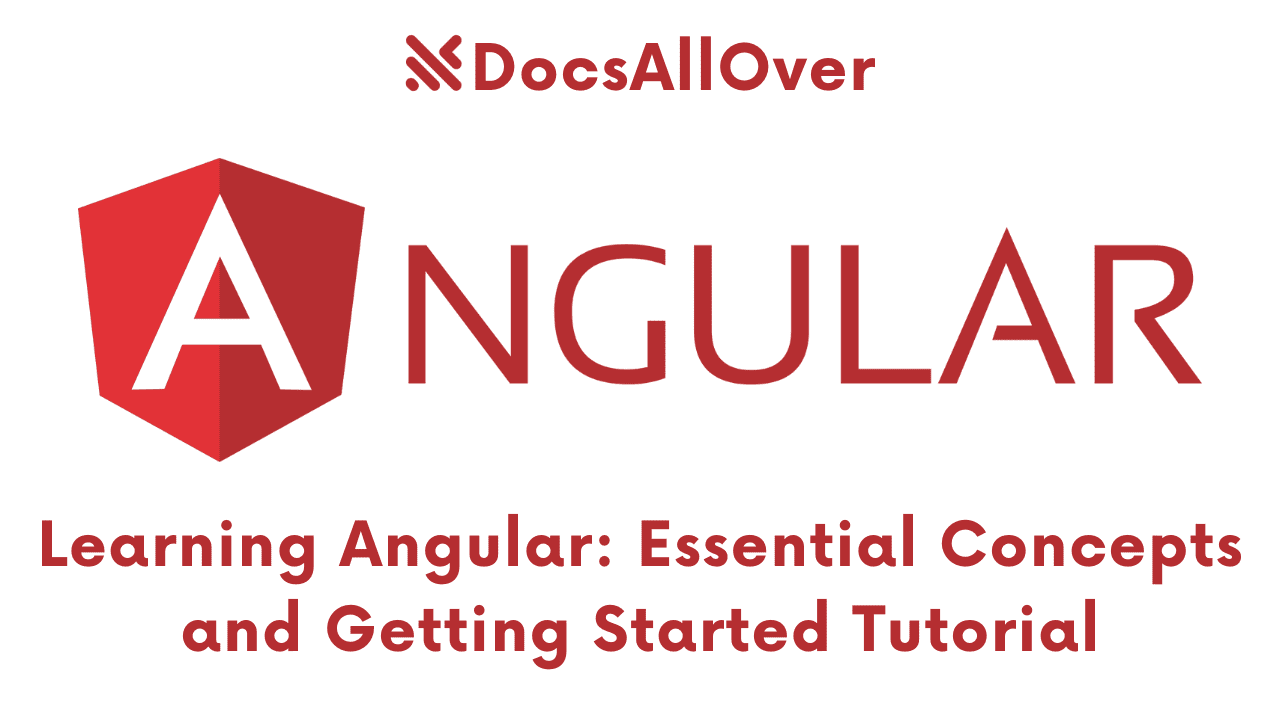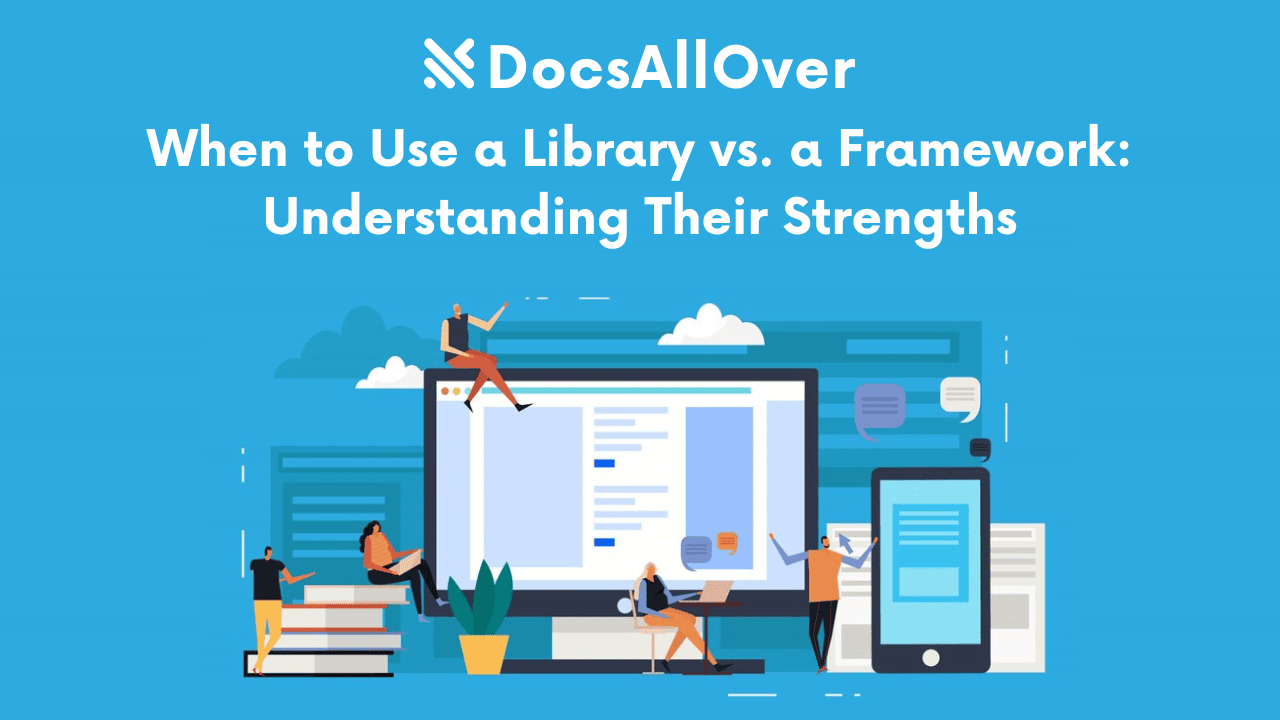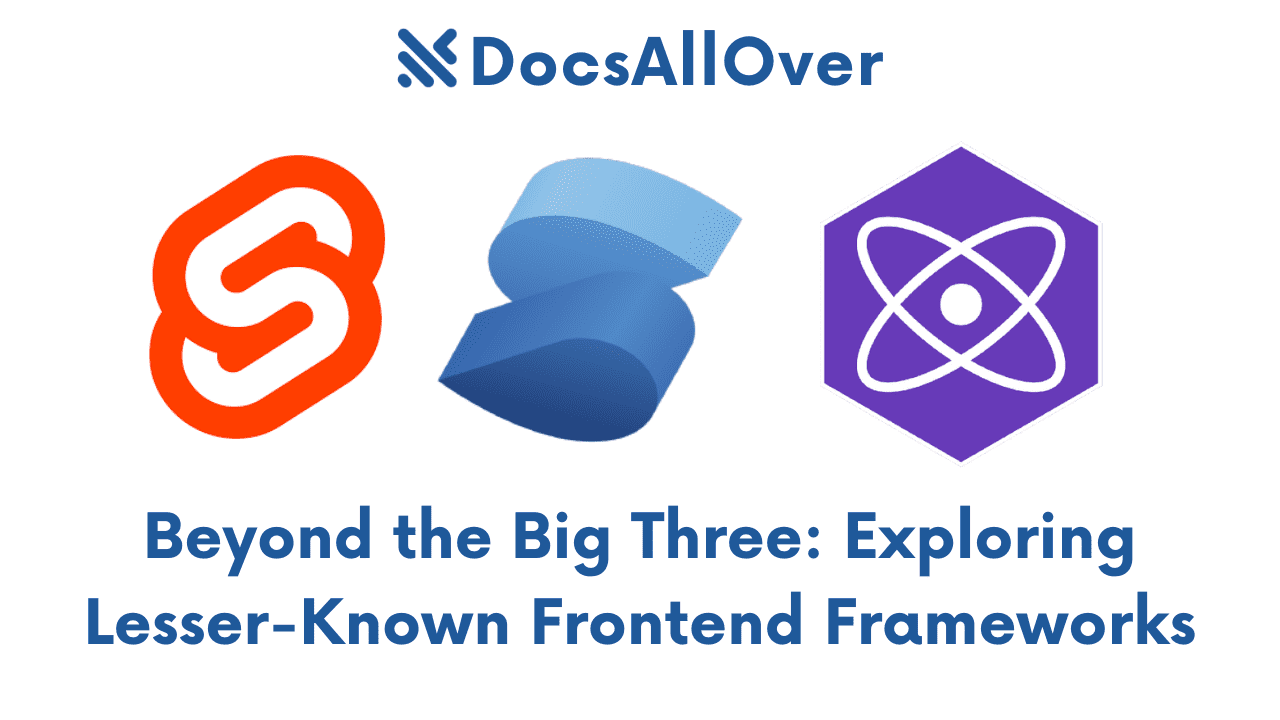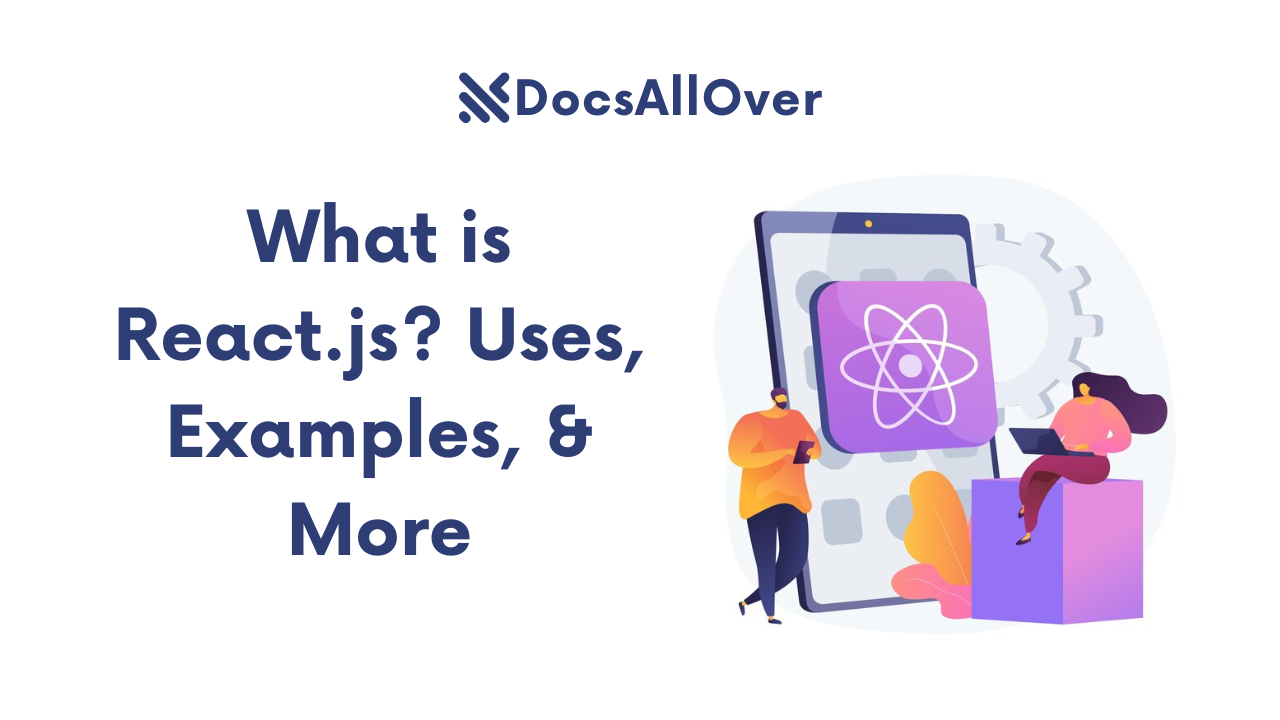React vs. Angular vs. Vue.js: Choosing the Right Framework for Your Project
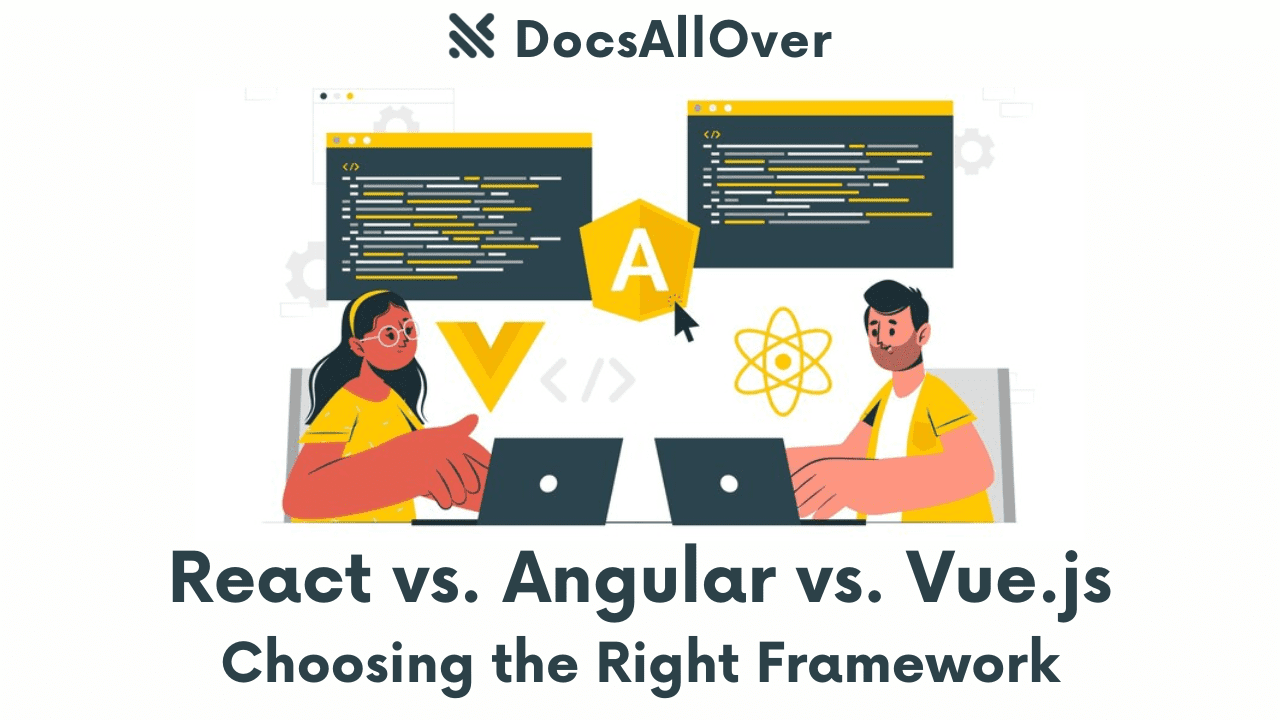
Imagine building a complex website or web application from scratch. This would involve meticulously writing and maintaining a large amount of code, juggling HTML, CSS, and JavaScript to create interactive elements, handle user input, and dynamically update the page content. JavaScript frameworks come in to streamline this process by providing a pre-built structure and a set of tools. These powerful libraries act as a foundation for your web application, encapsulating common functionalities and best practices into reusable components. This allows you to focus on the core logic and user experience of your application, rather than spending time reinventing the wheel with fundamental aspects like data binding, routing, and component management. JavaScript frameworks are particularly well-suited for building Single-Page Applications (SPAs). SPAs differ from traditional multi-page websites in that they load all the necessary code upfront and update the content dynamically on a single page, without requiring full page reloads. This leads to a smoother and more responsive user experience, as users don't have to wait for entire pages to reload as they navigate the application.
JavaScript Frameworks 101:
In the realm of JavaScript frameworks, three names reign supreme: React, Angular, and Vue.js. Each framework offers a distinct approach and set of advantages, making them suitable for different development scenarios. Let's meet the champions:
- React: Renowned for its component-based architecture and focus on building reusable UI components, React is a favorite for creating dynamic and interactive user interfaces. React excels at building complex UIs for web applications and single-page applications (SPAs). Its virtual DOM (Document Object Model) ensures efficient UI updates, allowing React to only redraw the necessary parts of the screen when the data changes, leading to a smooth and performant user experience. React's component-based approach promotes code reusability and modularity, making it easier to maintain large projects. With its vast community and extensive ecosystem of libraries and tools, React is a popular choice for ambitious web development projects.

- Angular: This comprehensive framework offers a full-featured toolkit, including features like dependency injection, routing, and two-way data binding. Angular is a powerhouse for building large-scale enterprise applications. Its structured approach, enforced by features like TypeScript integration and its own module system, encourages clean and scalable code. Angular's two-way data binding simplifies the process of keeping the UI and application data in sync, reducing the need for manual data manipulation. The framework's built-in features like dependency injection and routing streamline common development tasks, saving developers time and effort. Angular's long-standing reputation and stability make it a trusted choice for enterprise-level applications.

- Vue.js: Known for its progressive nature and emphasis on developer experience, Vue.js is a versatile framework that can be used to build everything from small-scale projects to complex web applications. Its gentle learning curve makes it a popular choice for developers of all skill levels. Vue.js incorporates a unique blend of features, offering a balance between simplicity and flexibility. The core library is relatively lightweight, allowing developers to choose the additional features they need without being burdened by a feature-heavy framework. Vue.js's templating system is known for its ease of use, and the framework's focus on developer experience makes it enjoyable to work with. With its growing popularity and supportive community, Vue.js is a compelling option for both small and large-scale web projects.

Framework Showdown: A Feature Comparison
| Feature | React | Angular | Vue.js |
|---|---|---|---|
| Architectural Style | Component-Based | Model-View-ViewModel (MVVM) | Optional - Can use component-based or MVVM |
| Data Binding | Unidirectional (downward data flow) | Two-way data binding | Two-way or One-way data binding (flexible) |
| Templating System | JSX (JavaScript Syntax Extension) | HTML templates with directives | HTML templates with directives |
| Popularity & Community | Very High (Large and active community) | High (Established and well-maintained) | High (Growing rapidly, active community) |
| Learning Curve | Moderate | Steeper due to comprehensive features | Relatively easier, good for beginners |
Deep Dive: Unveiling the Strengths of Each Framework
Now that we've compared core features, let's delve deeper into the unique characteristics of each framework:
React: The Component King
React's cornerstone is its component-based architecture. Imagine building a complex user interface like a house; you wouldn't construct the entire structure in one go. Instead, you'd break it down into smaller, manageable units like walls, doors, and windows. React components function similarly. They are self-contained, reusable pieces of UI that encapsulate both the visual representation (using HTML-like JSX syntax) and the logic (using JavaScript) needed to render that particular element of the UI. This modular approach offers several advantages:
- Code Reusability: Components can be reused throughout the application, reducing code duplication and promoting maintainability. Imagine a button component; instead of writing the HTML, CSS, and JavaScript for a button every time you need one, you can create a reusable button component that can be incorporated anywhere in your application with different configurations.
- Maintainability: Breaking down the UI into smaller components simplifies the process of understanding, modifying, and debugging the code. If a specific functionality needs to be changed, you can isolate the logic within the relevant component, rather than sifting through a large codebase.
- Improved Collaboration: In larger projects with multiple developers, a component-based architecture fosters better collaboration. Components act as well-defined units with clear responsibilities, making it easier for different developers to work on separate components without worrying about unintended side effects on other parts of the application.
Angular: The Full-Featured Framework
- MVVM Architecture (Model-View-ViewModel): Angular adopts the MVVM architectural pattern, which separates concerns between the data model, the UI view, and the view model that acts as a bridge between them. This structured approach promotes clean and maintainable code, especially in complex applications with a large amount of data flow. The separation of concerns also makes it easier to test different parts of the application in isolation.
- Batteries Included: Unlike React, Angular is a full-fledged framework, offering a comprehensive set of features out of the box. This includes dependency injection, routing, forms management, HTTP client, and more. Dependency injection is a powerful technique that simplifies the process of providing dependencies (like services or data) to components. Routing enables the creation of single-page applications (SPAs) with dynamic navigation between different views. Forms management simplifies the process of handling user input and validation in web forms. The built-in HTTP client makes it easy to fetch data from APIs. These features streamline common development tasks, saving developers time and effort and reducing the need to rely on external libraries.
- Two-Way Data Binding: Angular's two-way data binding automatically keeps the UI and application data in sync. This can be a significant advantage for simpler applications or when you need the UI to reflect changes in the data instantly. For example, if a user edits a value in a form input field, the underlying data model is automatically updated, and the UI reflects the change without requiring any manual code. However, two-way data binding can also lead to complexity in large applications if not managed carefully. In situations with complex data flows or performance considerations, developers might choose to use one-way data binding techniques to gain more control over data updates.
Vue.js: The Pragmatic Choice
- Progressive Nature: Vue.js is a progressive framework, meaning you can use a core library for basic functionality and gradually add features as needed. This flexibility makes it suitable for projects of all sizes, from small prototypes to complex applications.
- Gentle Learning Curve: Vue.js boasts a relatively easier learning curve compared to React and Angular. Its syntax is intuitive and leverages familiar HTML templates, making it approachable for developers of all experience levels.
- Developer Experience First: Vue.js prioritizes developer experience. It offers a clean and readable syntax, combined with well-documented features and a supportive community. This focus makes working with Vue.js enjoyable and efficient.
While each framework has its strengths, it's important to consider potential weaknesses:
- React: React's focus on UI can mean additional effort is required for tasks like routing and data fetching, as these often involve external libraries.
- Angular: Angular's comprehensive nature can lead to a steeper learning curve, especially for beginners. Its structured approach might feel inflexible for smaller projects.
- Vue.js: While Vue.js is versatile, it might lack some of the built-in features and extensive ecosystem of tools offered by React or Angular in large-scale enterprise applications.
Choosing Your Weapon: When to Use Each Framework
Selecting the right JavaScript framework hinges on understanding your project's specific requirements. Here are some key factors to consider when making your decision:
- Project Size and Complexity:
- Large-scale enterprise applications: For complex projects with extensive features and data management needs, consider a full-fledged framework like Angular. Its structured approach and built-in features like dependency injection and routing can streamline development and ensure maintainability in large codebases.
- Smaller projects or prototypes: Vue.js shines here. Its lightweight core library and progressive nature allow you to start small and scale up as needed, making it ideal for rapid prototyping or projects with a more focused scope.
- Need for Features:
- Full-featured framework: If your project demands a comprehensive set of features out-of-the-box, Angular might be the way to go. It provides functionalities like routing, forms management, and HTTP client, reducing the need for external libraries.
- Lightweight and customizable: For projects where you prefer a more custom approach, React or Vue.js might be better choices. They offer a core library with essential building blocks, allowing you to integrate additional features through third-party libraries as needed.
- Team Experience and Skillset:
- Experienced developers: If your team is already familiar with a particular framework, leveraging that expertise can be advantageous. However, don't be afraid to explore other options if the project's needs call for a different approach.
- Newcomers to JavaScript frameworks: Vue.js's gentle learning curve makes it a great starting point. Its intuitive syntax and familiar HTML templates lower the barrier to entry for developers of all experience levels.
- Project Timeline and Learning Curve:
- Tight deadlines: If time is of the essence, consider a framework with a faster learning curve like Vue.js. This allows your team to start building quickly and minimize the time spent learning a new framework.
- Room for learning and exploration: If your timeline allows, don't shy away from frameworks with a steeper learning curve like Angular. The investment in learning can pay off in the long run for complex projects, especially when it comes to maintainability and scalability.
Use Cases: Choosing the Right Tool for the Job
Now that we've explored selection factors, let's delve into specific use cases where each framework might be the ideal choice:
- React:
- Building dynamic and interactive UI components for web applications and single-page applications (SPAs).
- Creating reusable components that promote code modularity and maintainability.
- Leveraging a vast ecosystem of libraries and tools to enhance functionality.
- Projects where a focus on UI development and component-based architecture is paramount.
- Angular:
- Large-scale enterprise applications with complex data flows and feature requirements.
- Projects requiring a structured approach and built-in features like dependency injection and routing.
- SEO-heavy websites where Angular's server-side rendering capabilities can be beneficial.
- Situations where a comprehensive framework with a strong emphasis on maintainability is desired.
- Vue.js:
- Smaller projects or rapid prototyping where a quick start and ease of learning are crucial.
- Building user interfaces with a focus on developer experience and clean code.
- Projects where a lightweight core library and progressive approach offer flexibility in feature selection.
- Situations where a balance between power and ease of use is desired.
Remember, there's no one-size-fits-all answer when choosing a JavaScript framework. The ideal choice depends on your project's specific requirements and your team's capabilities. By carefully considering these factors and the strengths of each framework, you can select the right tool for the job, ensuring a smooth and successful development journey.

